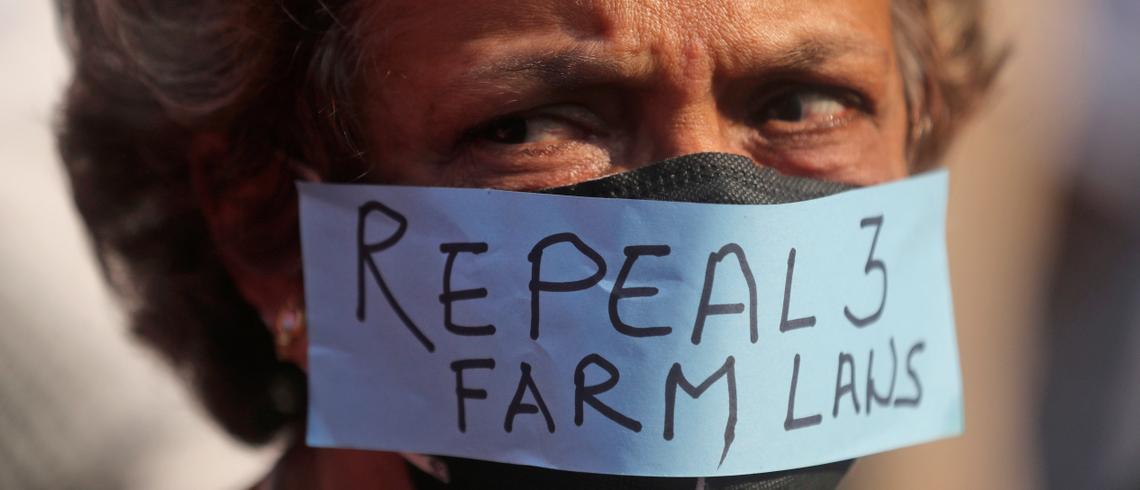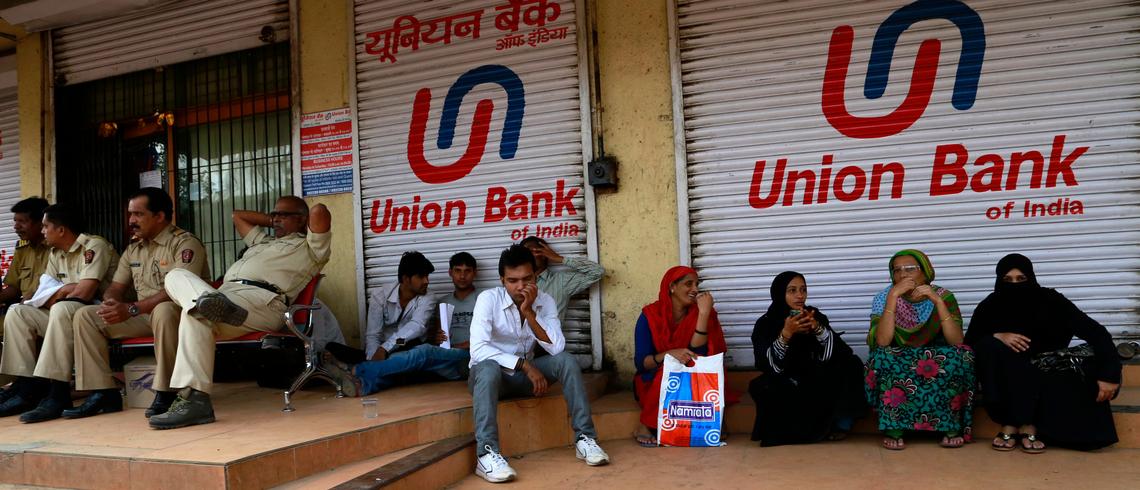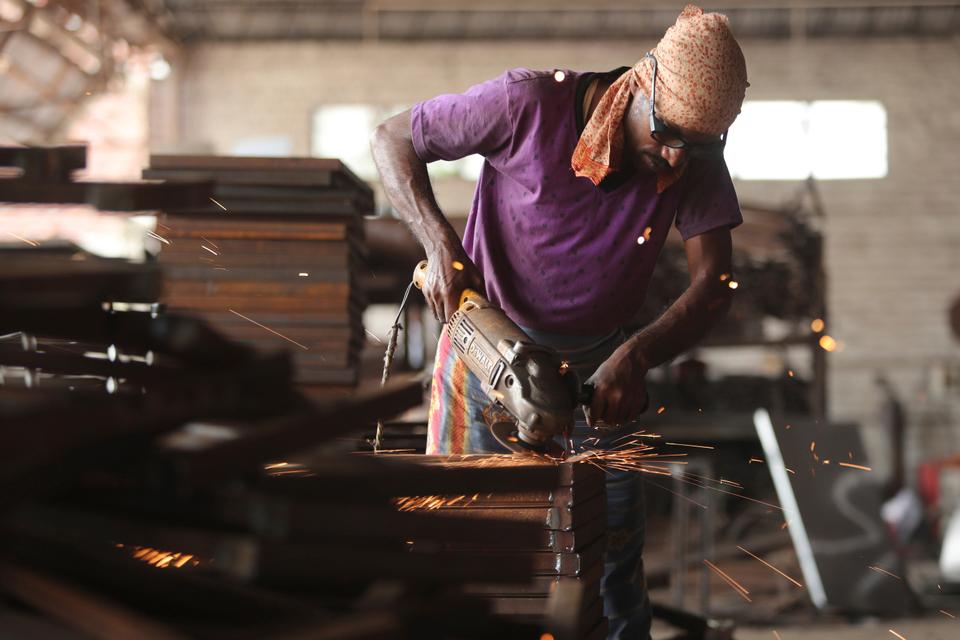
It’s bad enough that Myanmar’s generals have reverted to type, engineered a coup, headed off the first meeting of the re-elected National League for Democracy government and locked up the former honorary Canadian citizen Aung San Suu Kyi, Myanmar’s de facto head of government since 2015.
It will only make matters worse if Joe Biden’s simultaneously-elected U.S government reverts to the type of approach to Myanmar championed by the White House the past time Biden’s Democratic Party ran the American show. That was when Barack Obama’s administration happily ignored warnings from human rights organizations, rushed to lift sanctions on the regime and threw its arms around the charming and glamorous Oxford-educated Suu Kyi.
Those warnings proved tragically prescient, straight away. Suu Kyi set about ingratiating herself with the worst elements in Myanmar’s ethnic Burmese majority by enthusiastically supporting a genocidal scorched-earth misery her military partners in government decided to inflict upon the Muslim Rohingya people in Myanmar’s western Rakhine state.
Within two years of Suu Kyi’s 2015 landslide win, more than 700,000 Rohingyas had been driven into squalid, makeshift refugee camps in neighbouring Bangladesh, joining close to 250,000 Rohingyas ethnically cleansed from Myanmar in earlier pogroms. Two years after that, in December 2019, the Nobel Peace Prize winner stood before the judges at the International Court of Justice in The Hague and denied that her government’s crimes against humanity in Rakhine had ever occurred.
Suu Kyi also denies the Rohingya people even exist. No matter how absurd the Myanmar military bloc’s claim about election-day fraud may be — that’s the coup pretext the armed forces’ commander-in-chief has resorted to — the military’s Union Solidarity and Development Party has a point in its claim that what occurred in November was not an election that was “free, fair, unbiased and free from unfair campaigning.”
Suu Kyi’s National League swept last November’s polls, taking 396 of the parliament’s 476 seats. But the Rohingya refugees in Bangladesh didn’t get to vote, and neither did the Rohingya people remaining in Myanmar. That’s partly because of Myanmar’s racist citizenship laws. It’s also because of a spurious decision by an election commission dominated by Suu Kyi’s party that the Rohingyas in Rakhine, along with Myanmar’s ethnic Kachin, Karen, Mon, Chin and Shan minorities, lived in “conflict areas” too dangerous to allow polling.

Several prominent minority candidates were barred from running in the election. Private news organizations were crippled by rules ostensibly enacted for pandemic-related public health purposes. The state-dominated media enforced election-commission rules that effectively censored opposition party campaign broadcasts. Election scripts were subject to approval or rejection by Suu Kyi’s Ministry of Information.
Journalists are routinely arrested in Myanmar. Internet access to more than 200 news sites was blocked last year. Reporters Without Borders ranks Myanmar 139th out of 180 on its Press Freedom Index.
There has been quite a bit of florid language making the rounds about the terrible blow the coup has dealt to Myanmar’s “democratic transition.” The High Representative of the European Union, along with the foreign ministers of the G7 — the United States, the United Kingdom, France, Germany, Canada, Italy and Japan — have asserted their commitment to what they call Myanmar’s democratic transition and to “unrestricted humanitarian access to support the most vulnerable,” which Suu Kyi’s government and the military have refused all along.
An easier case could be made for the proposition that Myanmar’s “democratic transition” came to an abrupt standstill the minute Suu Kyi was elected in 2015. Because her husband and children are British citizens, Suu Kyi was obliged to put a proxy in the president’s chair while she led the country in a post created for her — state counsellor. But she also had herself appointed minister for the president’s office, foreign affairs minister, education minister, and minister for electrical power and energy.
Surrounded by the incompetents and party hacks she’d appointed to senior positions, Suu Kyi’s government was a reluctant joint venture with the military, which the constitution allows to appoint the minister of defence, the minister of home affairs, and the minister of border affairs. One of every four seats in the national legislature is reserved for the military.
It was in the lead-up to Suu Kyi’s release from house arrest in 2011 — the daughter of a hero of the Burmese national liberation struggle, Suu Kyi had been confined to her home for nearly 15 years — that a genuine flowering of democratic modernization unfolded in Myanmar.

Eager to break Myanmar’s cycle of debilitating violence, ethnic warfare and poverty, and desperate to convince the U.S. and its Western allies to lift sanctions on the half-century-old military regime, the armed forces had introduced a dizzying array of reforms. Restrictions on labour unions were lifted. Media censorship was dramatically scaled back. Hundreds of political prisoners, including Suu Kyi, were released.
The United States and its allies enjoyed crucial leverage back then, but the Obama administration, over the objections of senior State Department analysts and human rights groups, rushed ahead to rehabilitate Myanmar and end the country’s pariah status. In July 2012 — only weeks after a gruesome pogrom drove 120,000 Rohingyas into Bangladesh — the Obama White House lifted a tranche of sanctions on the regime. Later that year, after another orgy of anti-Rohingya violence, Obama paid a visit to Myanmar — the first American president to do so.
In the months before the calamitous 2016 election of Republican Donald Trump, Obama lifted almost all of what remained of the U.S economic sanctions on Myanmar. Other Western countries, Canada included, followed suit. Emboldened by their newfound impunity, Myanmar’s generals put Rakhine state to the torch, murdering thousands of Rohingyas. Suu Kyi was content to go along with the terror.
It wasn’t until October 2018 that the Senate and the House of Commons voted to revoke Suu Kyi’s honorary Canadian citizenship, awarded to her in 2007.
It’s hard to see what good it would do now to simply reinstate the earlier economic sanctions on Myanmar, a move the Biden administration says it’s considering. Suu Kyi has pulled Myanmar into Beijing’s comforting orbit. China’s supreme leader Xi Jinping visited Suu Kyi in Myanmar a year ago. Chinese Foreign Minister Wang Yi was Suu Kyi’s first guest as Myanmar’s foreign minister, and Wang was back in Myanmar last month, pushing a massive infrastructure investment that would extend Beijing’s overland trade access to the Indian Ocean.
Thanks to China’s veto, the United Nations Security Council couldn’t even manage to say anything untoward about what has happened in Myanmar this week.
Myanmar’s generals say they’ll only hold total power for a year or so, and then perhaps Suu Kyi will be back. Unless something dramatic erupts in the political culture of Myanmar’s Burmese majority, that is how things will likely unfold, and in the meantime, it will be like Suu Kyi never left.







 India's state-run banks have played an important role in financing small and medium enterprises. (AP)
India's state-run banks have played an important role in financing small and medium enterprises. (AP)